After a two-day policy meeting, the Fed decided to keep the reference interest rate at 4.25-4.5%.
The statement after the meeting reflected a more cautious view of the economic outlook. The Fed noted that economic growth in the first half of the year had moderated, although the labor market remained strong and the unemployment rate remained low. However, inflation remained above the Fed's 2% target, although it had cooled significantly from the previous quarter.
Unlike the statement in the June meeting, this time the Fed noted that uncertainty about the economic outlook remains high and there is no clear sign to decide to lower interest rates.
In a press conference later, Fed Chairman Jerome Powell remained cautious about leaving monetary policy options open.
"We have not made any decisions for September," Mr. Powell said, emphasizing that between now and the next Fed meeting, the US will release more data. The agency affirmed that current monetary policy is kept at an appropriate level of tightness, due to some economic risks that are increasing.
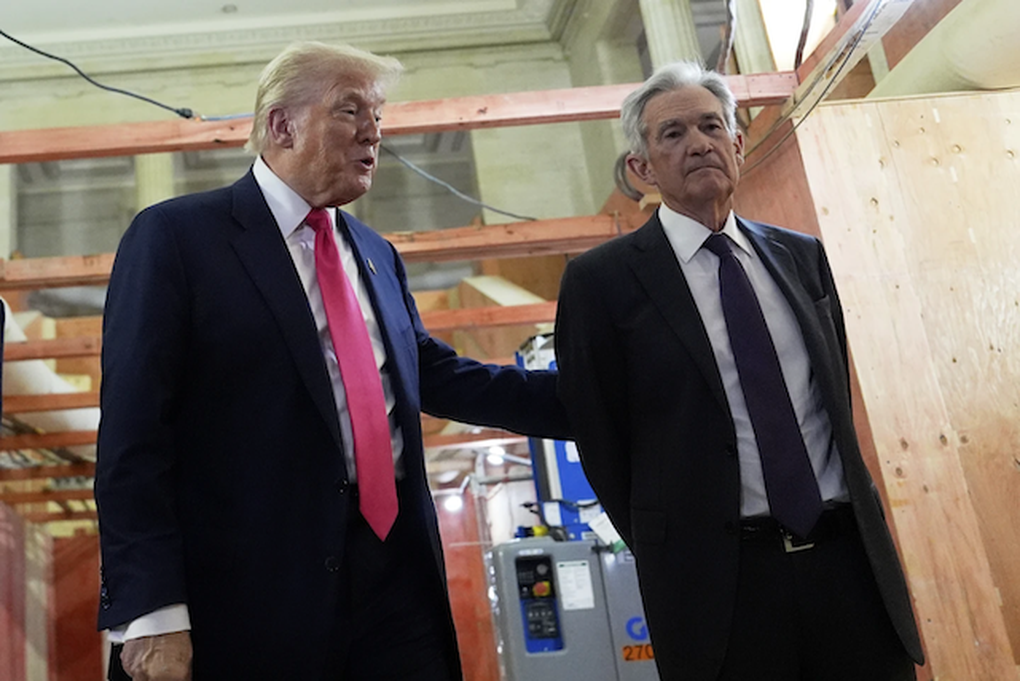
US President Donald Trump and Fed Chairman Jerome Powell (Photo: CNBC).
However, this week also marked the first time in more than 30 years that the Fed recorded two members of the Board of Governors voting against the joint decision. They were Governors Michelle Bowman and Christopher Waller. Both said that the Fed should start easing monetary policy, in the context of gradually controlled inflation and signs of weakening labor market.
Observers say this is the first time since late 1993 that so many governors have disagreed on policy. Mr. Waller is also considered a potential candidate to replace Chairman Jerome Powell next year. That makes his vote even more important.
Financial markets had somewhat anticipated the decision to keep interest rates unchanged. However, investors were still concerned about the level of division within the Fed.
Experts also said that this was also the first meeting since President Donald Trump made a historic visit to the Fed headquarters construction site.
The trip has sparked sharp criticism from the White House about capital overhang, an issue that is sure to be raised at Mr. Powell’s press conference later.
On the economic front, the Fed is facing many questions, including whether the tariffs that Mr. Trump has proposed will actually cause inflation as initially feared. If not, the reason for delaying interest rate cuts will become less convincing, especially in the context of Mr. Trump's continuous requests for the Fed to loosen.
Julien Lafargue, chief strategist at Barclays Private Bank, said there is still room for the Fed to cut rates in September, but it will depend on the incoming data. “While the Fed’s decision may not be a surprise, the meeting will still be interesting,” the expert said in a report.
Source: https://dantri.com.vn/kinh-doanh/fed-giu-nguyen-lai-suat-nhung-phat-tin-hieu-moi-lam-chao-dao-thi-truong-20250730201517646.htm








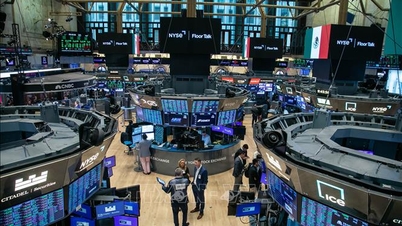

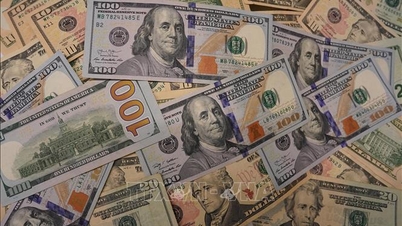
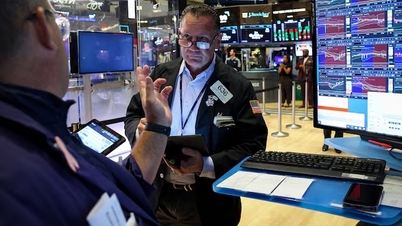


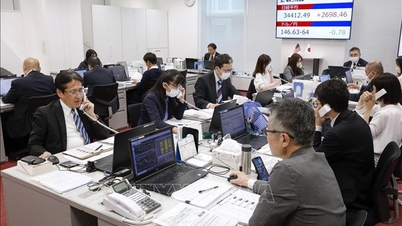
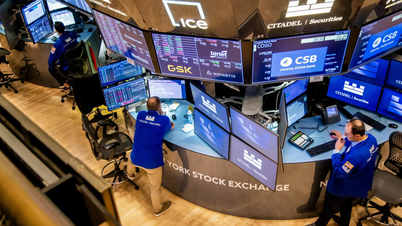








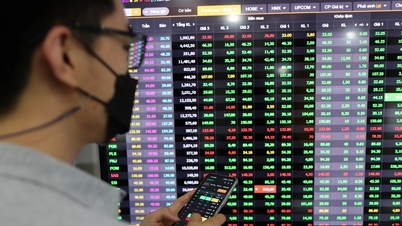






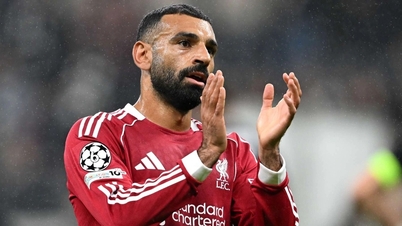



































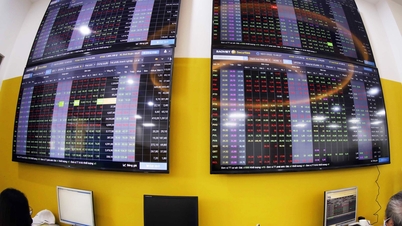



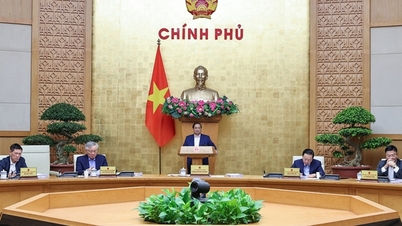




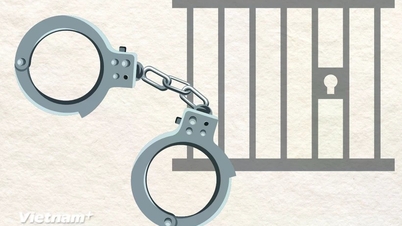


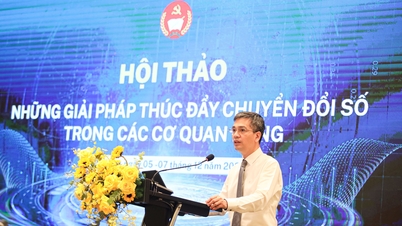
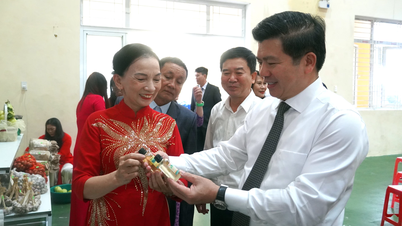

























Comment (0)